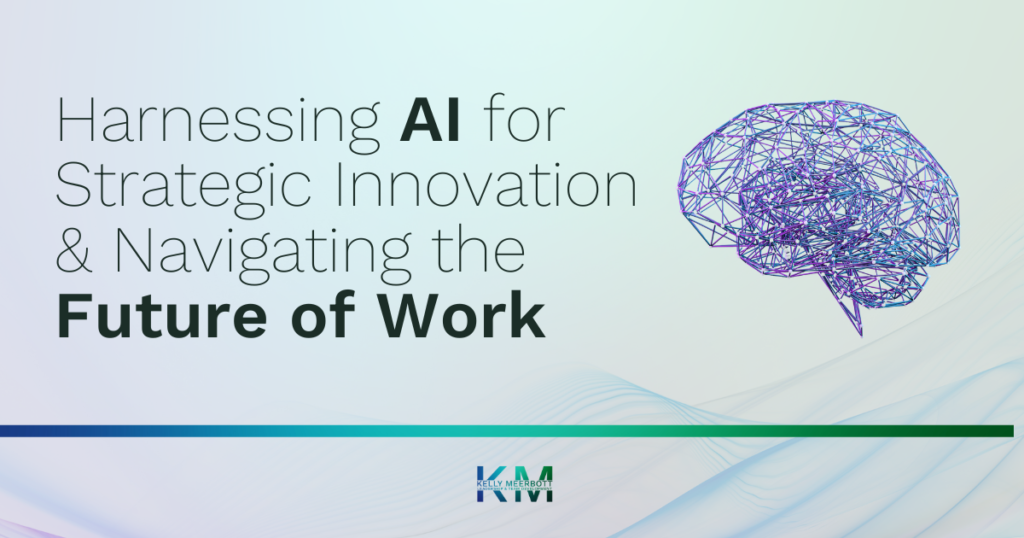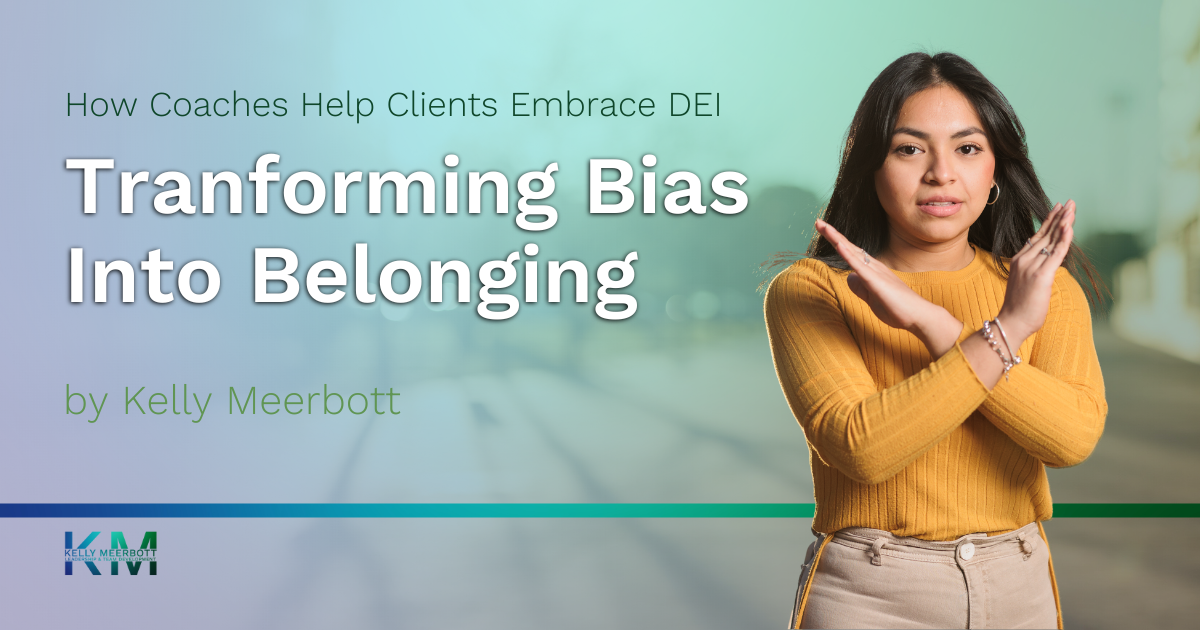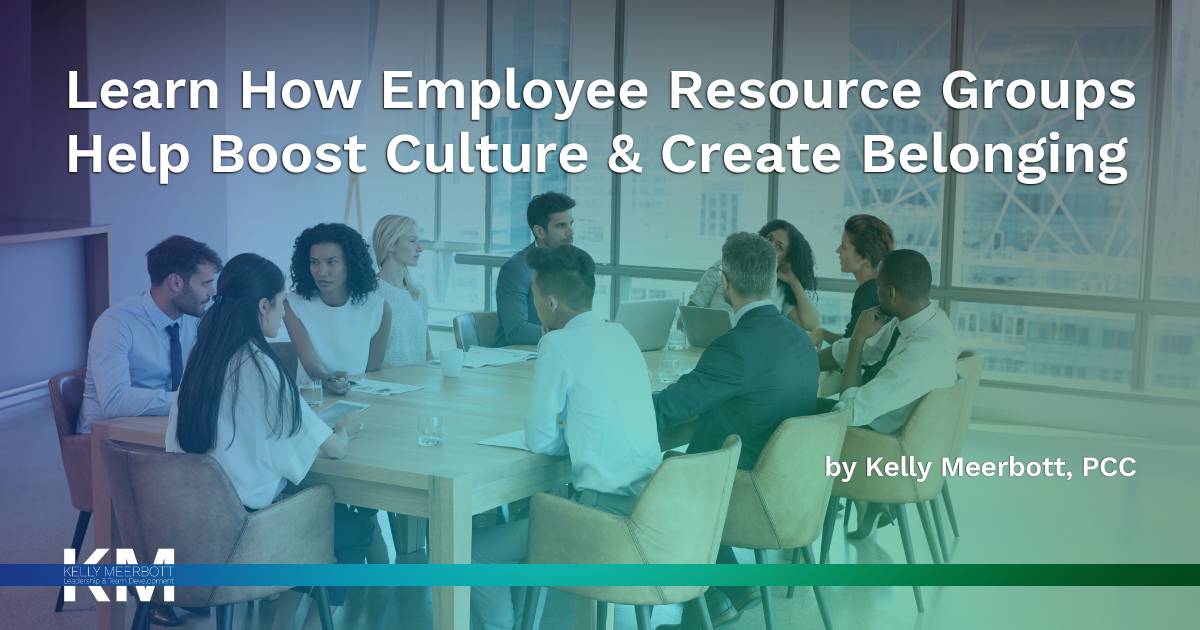In an era where the pace of technological evolution outstrips historical precedent, Artificial Intelligence (AI) stands at the vanguard of workplace transformation. The challenge and opportunity lie in leveraging AI to catalyze strategic innovation — without sidelining the human element central to organizational success.
Thanks to the ability to analyze vast datasets more efficiently than humans, artificial intelligence identifies patterns and insights that help inform strategic decisions, leading to more effective and personalized customer experiences. AI is now integral to competition, growth, and shaping the future of work in an increasingly digital world.
Leaders must master the delicate balance between leveraging AI for efficiency and maintaining a humane and ethical approach to its application. By thoughtfully integrating AI tools without compromising staff well-being, leaders can turn the tide, transforming potential workplace challenges into unparalleled opportunities for growth and innovation.
1. The Workplace AI Revolution
Artificial Intelligence is fundamentally transforming the workplace by automating routine tasks, sharpening decision-making, and fostering innovation. AI-driven automation also frees employees from repetitive tasks — letting them to focus on higher-value activities that require human creativity and emotional intelligence. This shift not only boosts productivity but also enhances job satisfaction by enabling workers to engage in more meaningful work.
Here are ways organizations are leveraging the power of AI at work.
Data Analytics and Predictive Insights: Data analytics have revolutionized how we extract insights, and with the ability to discern patterns and predict market shifts, AI tools empower organizations to stay ahead, offering a predictive lens into customer behavior and competitive landscapes.
Innovation Management Platform: Tools like IdeaScale and Spigit are redefining idea management. These platforms not only facilitate the collection and evaluation of ideas but also ensure that innovation is a collective journey, involving every stakeholder in the process.
Enhancing Collaboration: Tools such as Slack and Microsoft Teams have become indispensable, especially for remote teams, ensuring that distance is no barrier to idea exchange and collective brainstorming.
2. Open Innovation & Digital Transformation
Crowdsourcing Wisdom: Platforms like InnoCentive bridge organizations with a global pool of innovators, democratizing the innovation process. This open innovation model taps into external expertise, driving fresh perspectives and solutions.
The Digital Transformation Imperative: Technologies such as IoT, blockchain, and cloud computing are not just buzzwords but essential drivers of new products, services, and business models. Digital transformation is the cornerstone of a future-ready organization.
3. Rapid Prototyping and Customer Insights
Virtual and Augmented Realities: VR and AR, along with 3D printing, are redefining prototyping and product testing, offering immersive experiences and speeding up the innovation cycle.
Listening to the Market: Advanced market research tools enable a deeper understanding of customer preferences, ensuring that innovations are aligned with real-world needs and expectations.
4. Fostering a Culture of Continuous Innovation
Innovation Labs: Establishing dedicated spaces for innovation, like labs or incubators, fosters a culture where experimentation and risk-taking are encouraged, accelerating the path from idea to implementation.
Gamification and Learning: Injecting elements of play through gamification, and promoting continuous learning, keeps teams engaged and open to exploring new territories of innovation.
AI Integration Without Alienation
While AI opens up vast potentials for enhancing strategic innovation, the human aspect remains paramount. The future belongs to those who can balance the scales of AI’s technological prowess with the irreplaceable value of human insight and creativity.
Here are strategies for integrating AI in ways that enrich rather than encroach upon the team dynamic:
• Empower, Don’t Replace
Use AI as a tool to augment human capabilities, not as a substitute. Highlight AI’s role in taking on repetitive tasks, freeing up human creativity and strategic thinking.
• Cultivate Literacy
Educate and train your team on the benefits and workings of AI. An informed team is more likely to embrace AI as an ally in innovation.
• Encourage Human-AI Collaboration
Showcase examples where AI and human intelligence combine to solve complex problems, promoting a model of collaborative intelligence.
• Transparent Integration
Maintain openness about AI’s role and its implications for the workplace, ensuring that every team member feels part of the technological evolution.
• Ethical Use
Commit to using AI ethically, with a focus on privacy, security, and fairness. Ethical considerations should be at the forefront of AI deployment strategies.
The future of work is undeniably intertwined with AI.
For executive leaders, the path forward involves embracing AI not just as a technological tool, but as a catalyst for cultural and strategic transformation. By fostering an environment where AI complements human intelligence and creativity, leaders can ensure their organizations will not only navigate the future of work, but thrive in it.




